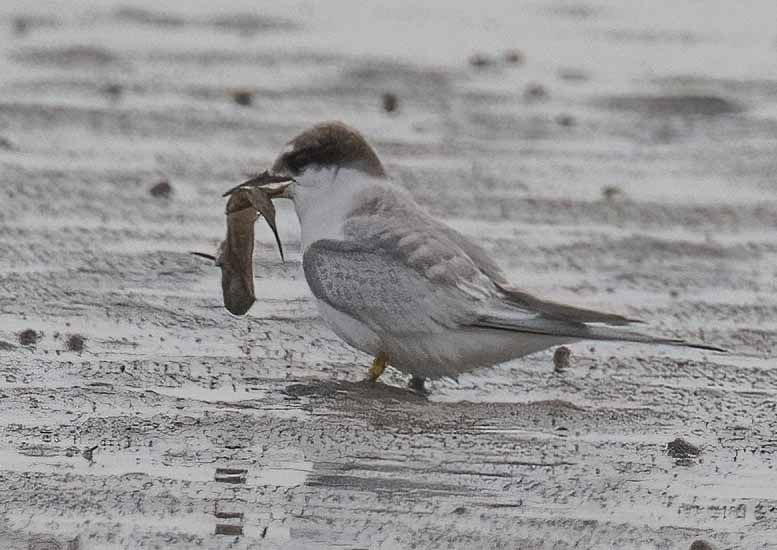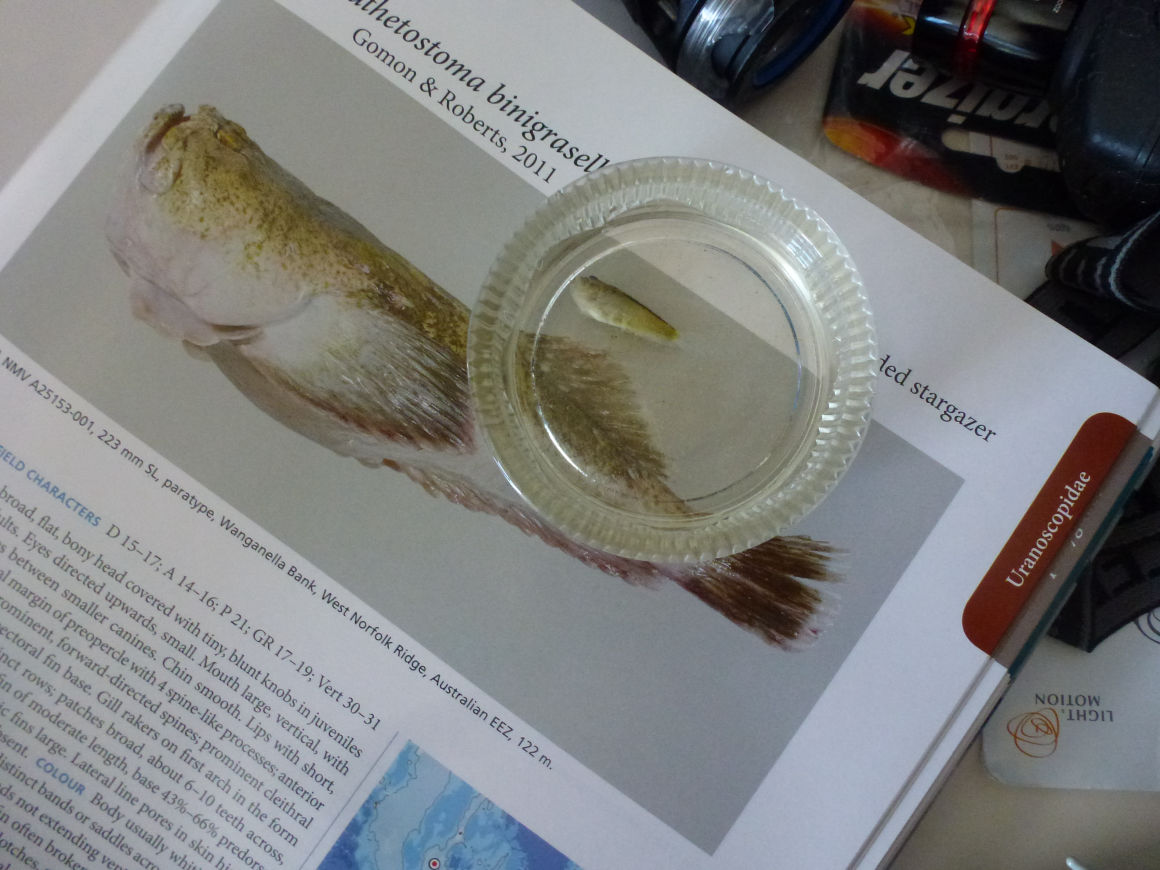Fish survey holds vital clues on whitebait and fairy tern in Waipu Estuary
Water quality in our Bream Bay rivers holds the key to the survival of many vital fish and bird species, particularly the declining native whitebait/inanga and the endangered tara iti, also known as the New Zealand fairy tern.
The journey began with a fish survey initiated by the Waipu About Tern community group. In March 2021, an algae bloom coincided with the blockage of the Waipu Estuary at its ocean entrance due to weather events carrying sand and sediment to the southern side of the groyne. This led to a significant loss of eels, fish, and other aquatic life, posing not only public concern but also a potential long-term threat to bird and fish species, like tara iti, dependent on the estuary for their food source. They breed mainly at – Mangawhai, Waipu, Pakiri and Papakanui – where river, estuary, or harbour and ocean merge to provide essential food sources.
Prompted by these events, members of Waipu About Tern approached researcher Ian Southey to monitor the estuary’s recovery. The two-year fish survey, beginning in June 2021, focused on four known tara iti foraging spots held by the males that return to Waipu.
The initial survey in June revealed a lack of fish in the upper reaches of the estuary at Estuary View Heights. Limited water circulation and low dissolved oxygen concentrations delayed recovery. The species found in this upper estuary included 15 goby, 222 sea hares, and 26 sea slugs, with sea hares playing a crucial role in seaweed and red algae clean-up. Unfortunately, this setback forced the resident tara iti male to abandon the area, impacting subsequent breeding seasons.

